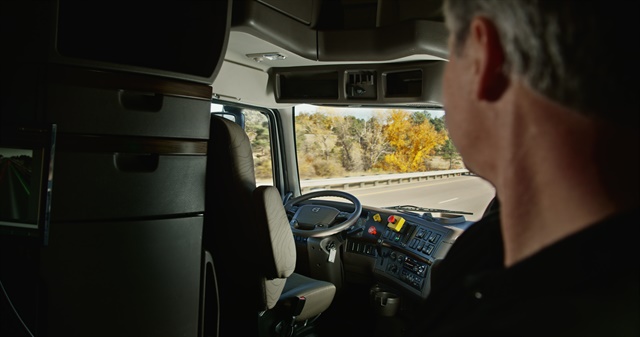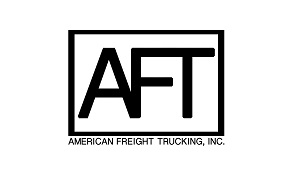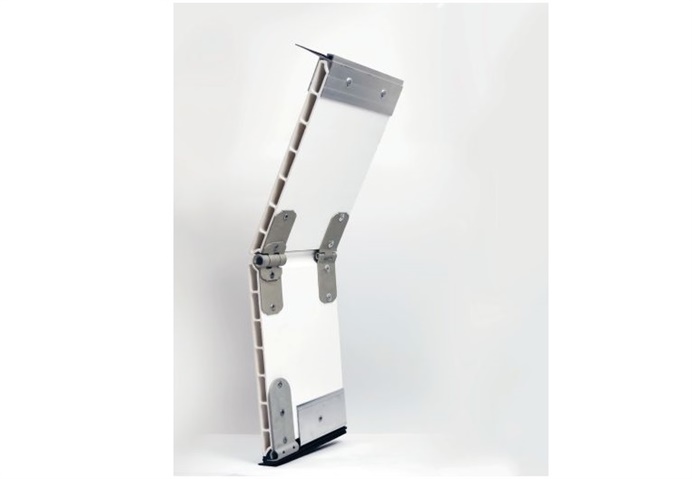Otto, Budweiser Announce First Shipment Using Autonomous Truck
The driver monitored the 120-mile trip on I-25 from the sleeper. Photo courtesy Otto.
">If you're in Colorado Springs, you might buy a can of beer that was shipped by a self-driving truck.
Otto and Budweiser announced Tuesday that they have reached a major milestone on the road to autonomous trucking with the completion of the world's first shipment using a self-driving truck.
Otto, which is now owned by Uber, teamed up with Anheuser-Busch to haul 51,744 cans of Budweiser from Fort Collins, through downtown Denver, to Colorado Springs. By using cameras, radar, and lidar sensors mounted on the vehicle to “see” the road, Otto's system controlled the acceleration, braking, and steering of the truck to carry the beer exit-to-exit without any human intervention.
Walter Martin, a professional truck driver since 2007, monitored the 120-mile journey down I-25 on October 20 from the sleeper berth in the back. Otto says the project had full support from the State of Colorado.
“We are always looking for new innovations and technology,” explained Anheuser Busch's James Sembrot in a video posted by Otto. “Otto's trucks are the next area of transportation innovation.”
The driver is still involved in picking up the load, making sure the freight is secured in the trailer. Once the truck is on the Interstate, he flips a switch and the truck drives itself down the road.
As HDT's Rolf Lockwood reported earlier this year, Otto hardware and software is tuned for the consistent patterns and easy-to-predict road conditions of highway driving. Sensors are installed high atop the truck, which offers an unobstructed view of the road ahead. With highways making up only 5% of U.S. roads, Otto says this allows a tight testing focus on a specific set of trucking routes critical for the American economy.
The driver monitored the 120-mile trip on I-25 from the sleeper. Photo courtesy Otto.
">Related: Self-Driving Trucks ...Read the rest of this story









